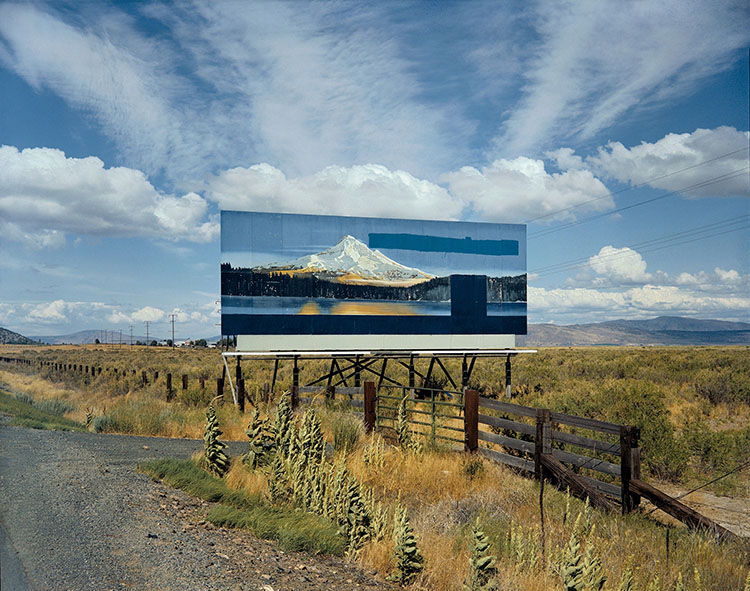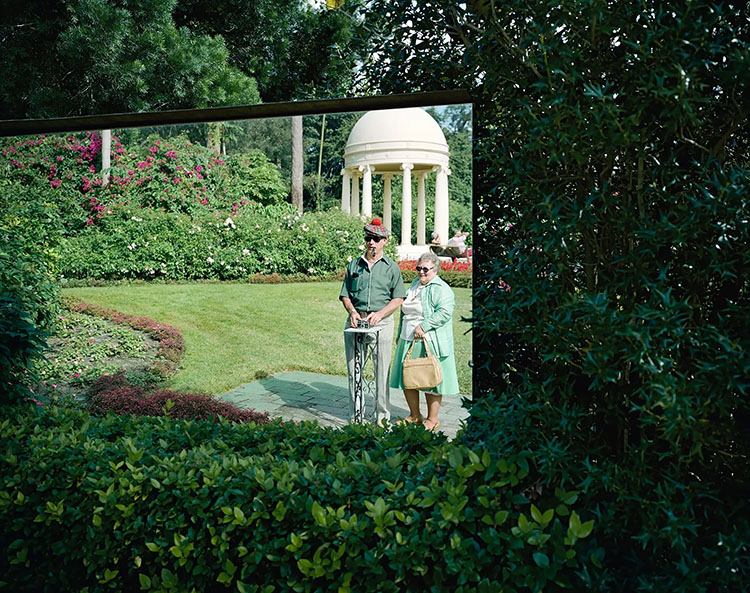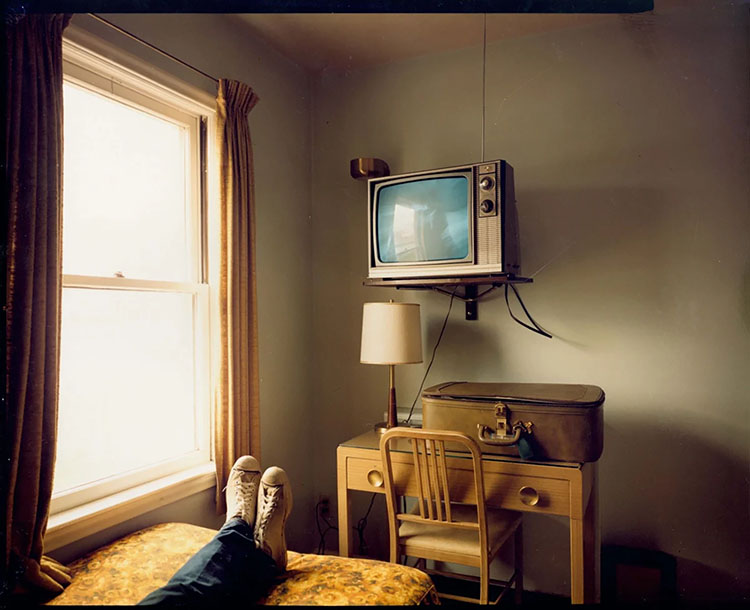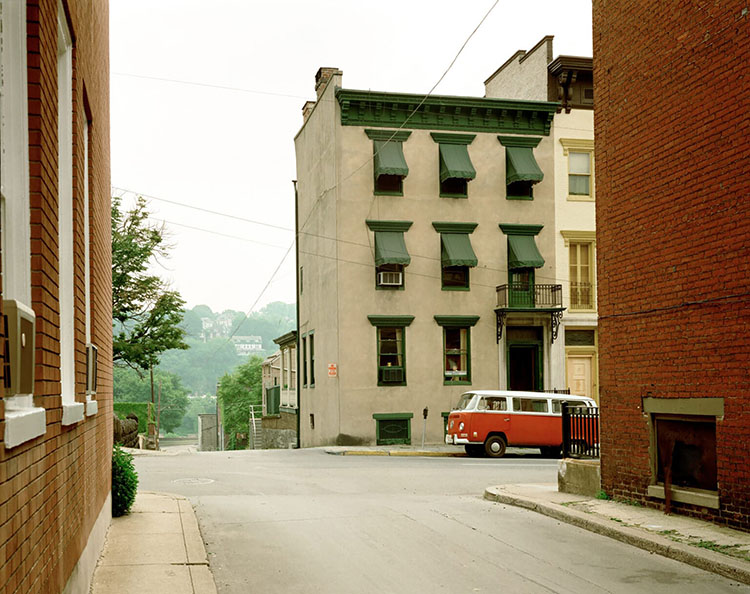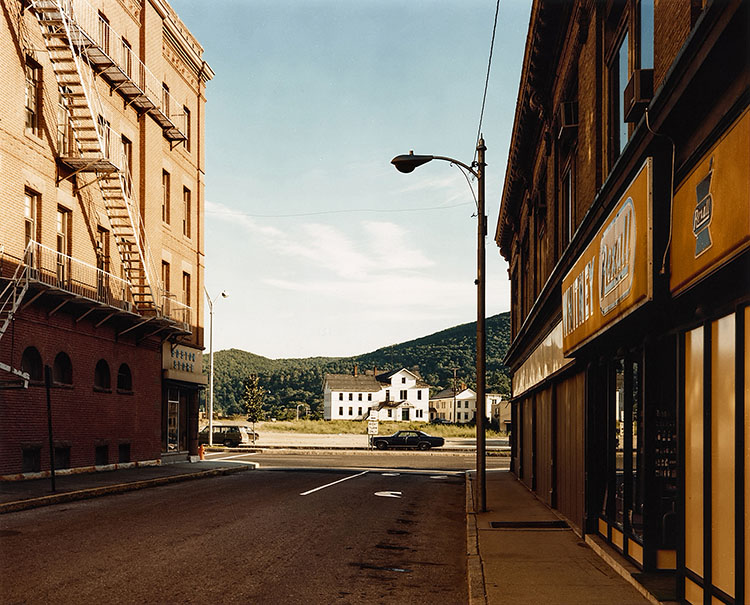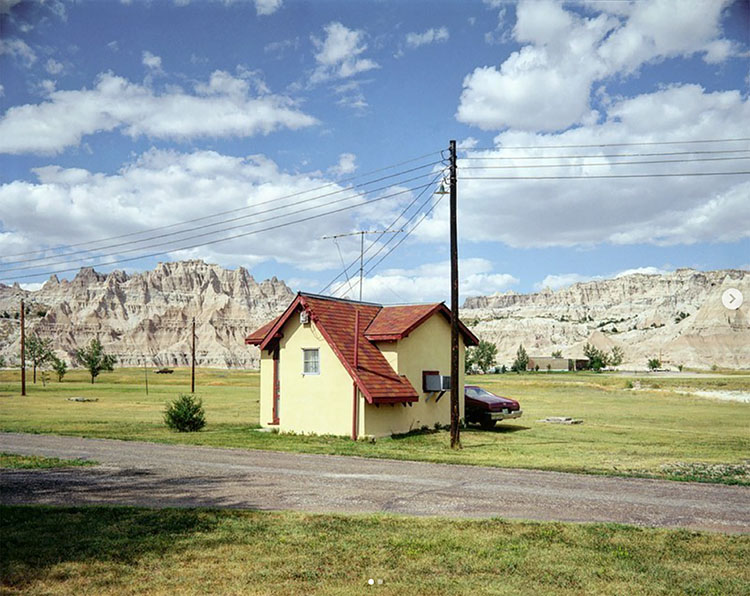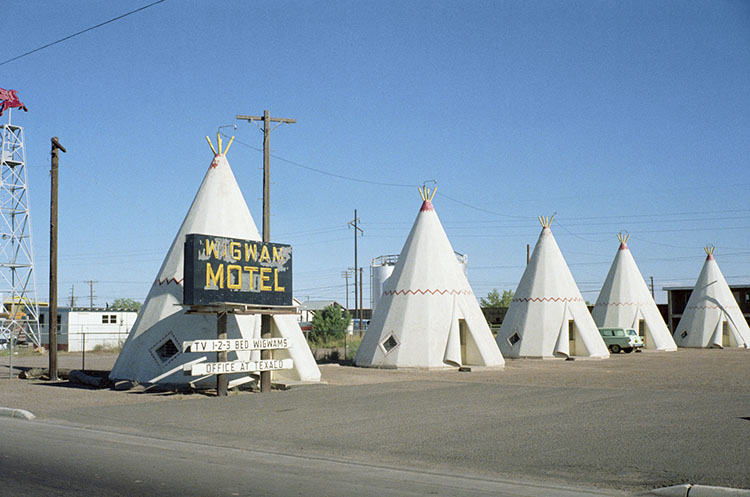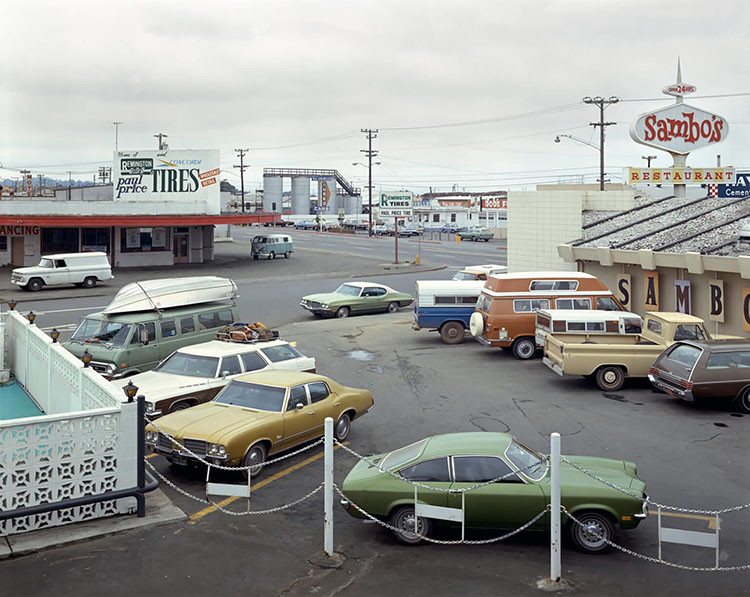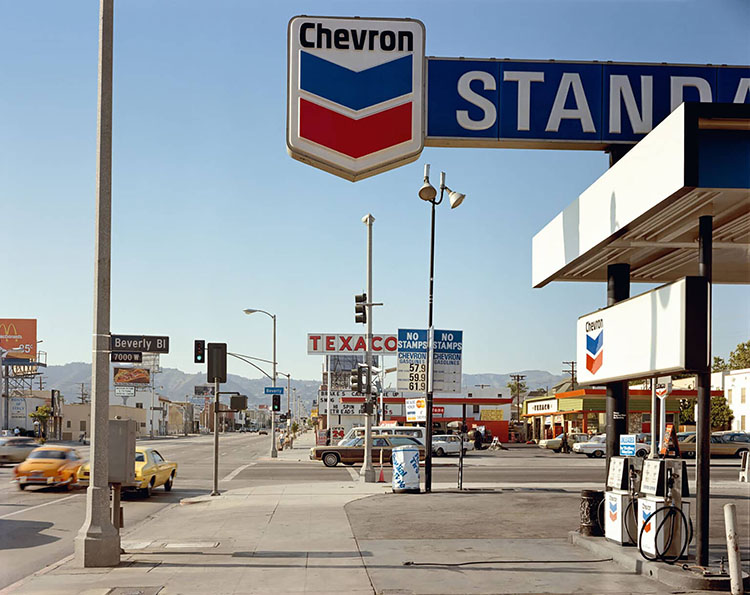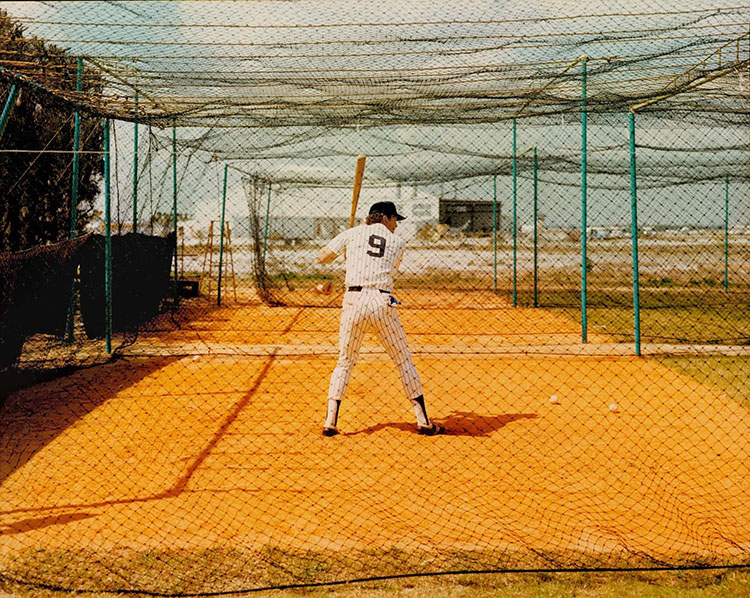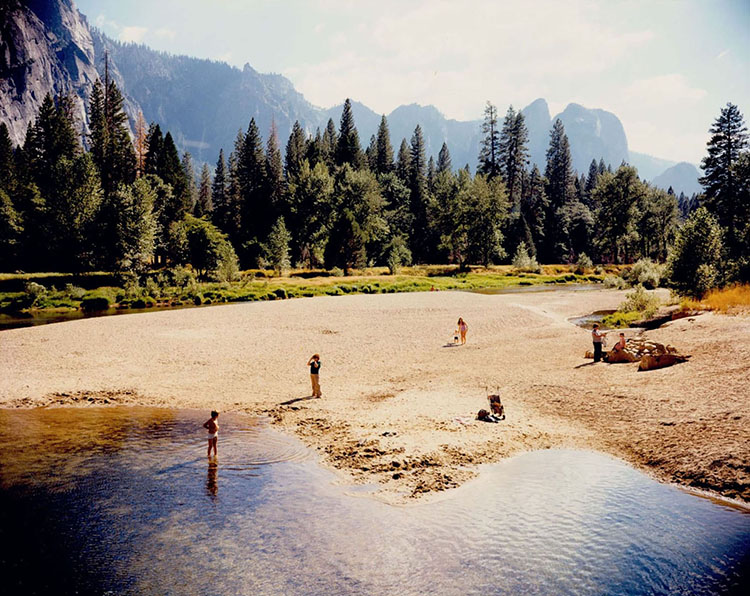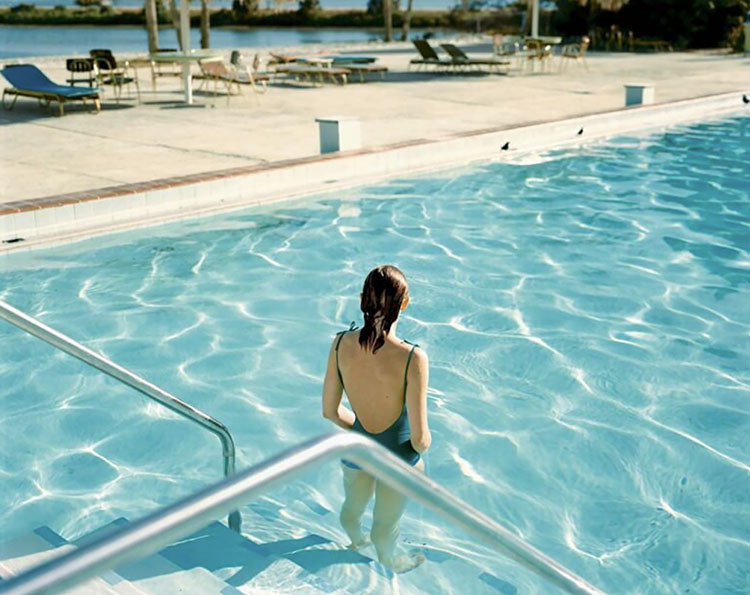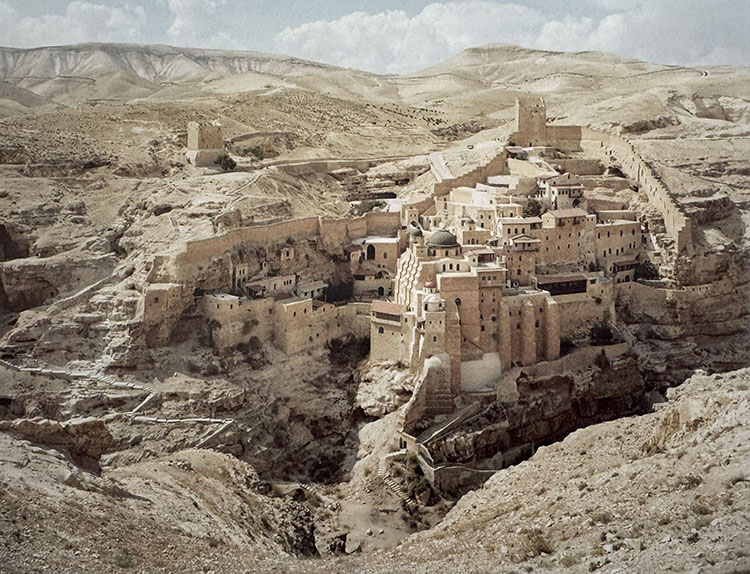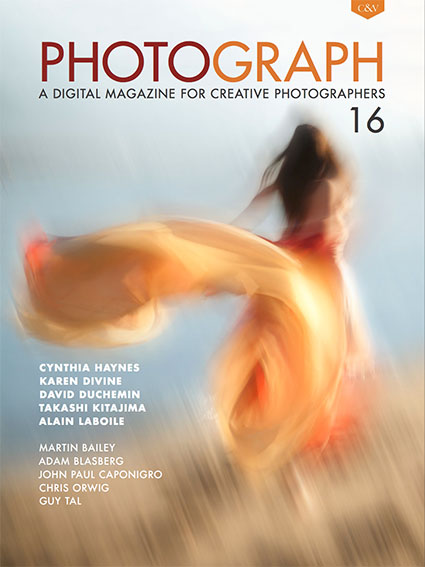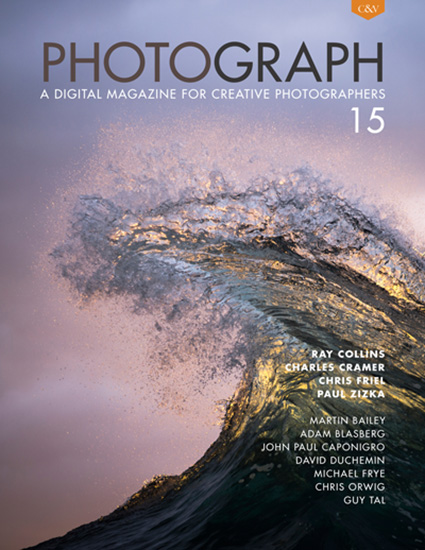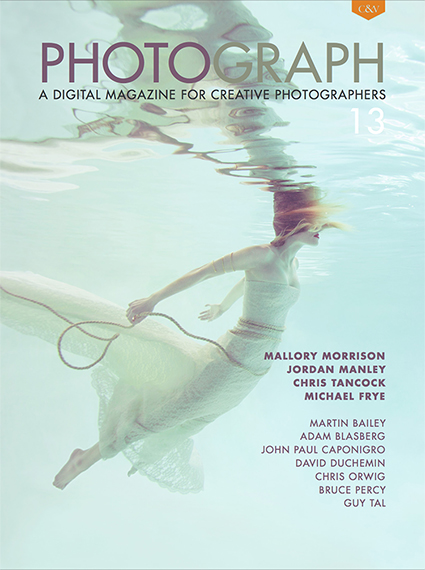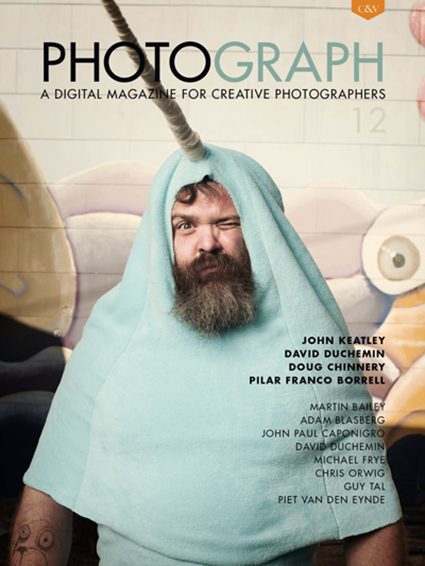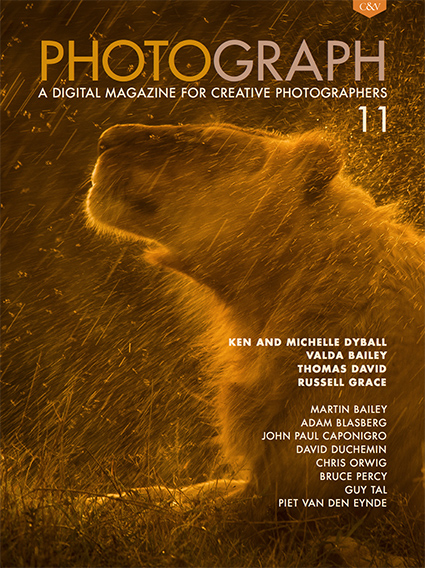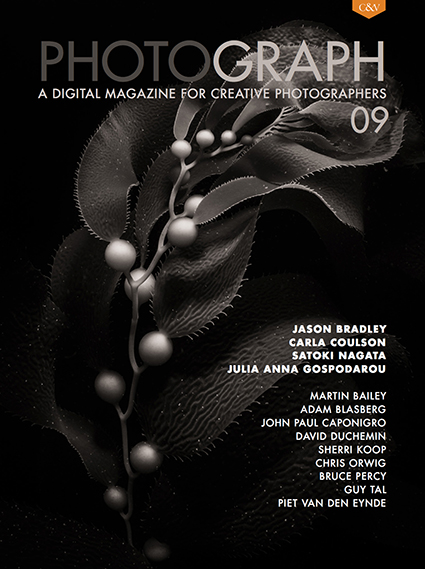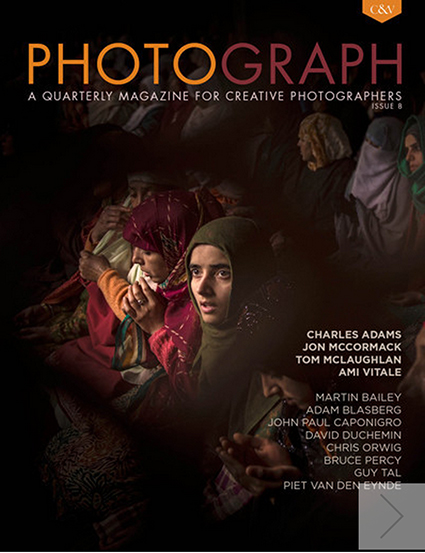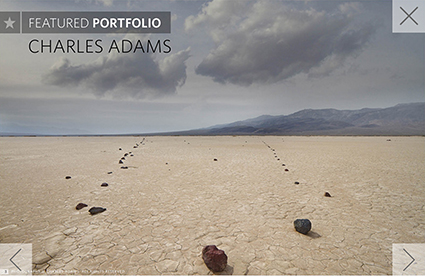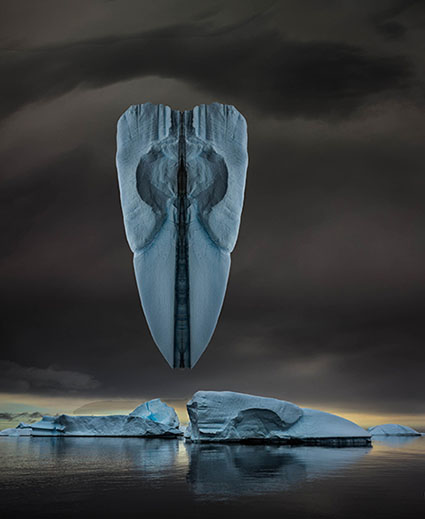
Revelation XXXV
In 1996 I completed a series of new images – Revelation. Impossible symmetries drawn forth from desert landscapes, they were unlike anything I’d seen before. Looking at these images, day after day, was like having a dream that never faded. They reminded me of the artifacts I liked so much from the sacred traditions of many primal cultures – totem poles, figurines, costumes, masks, and paintings – not just from the cultures I was exposed to as a boy growing up in New Mexico. The series was good and stood on its own, but I knew then that I still had much more work I wanted to do.
The series has been ongoing for more than twenty years. The series was on my mind when I first went to Antarctica in 2005; I started shooting deliberately for it on a return voyage in 2007; material slowly accumulated in subsequent voyages in 2009, 2011, 2013, and 2015; and then in 2016 it all came together. It wasn’t so much that the material I had gathered that year was just right, what really made the difference was the special point I had come to in my life and work.
These more recent images have an added quality, not solely because they were drawn from a different location, but also because of the passage of time and all the things that happened during it.
In part, this comes from sleeping on it; the subconscious offers many rich and fertile territories.
In part, this is the result of a significant amount of conscious thought; studying craft and composition were only the beginnings for preparing this ground; related reading and viewing enriched me further; having more special experiences with land planted more seeds; digging into my deepest thoughts and feelings about the subject and my approach helped me cultivate them.
In part, this work waited so long is that there was other work to do, including a harvest of related bodies of work (Inhalation and Exhalation). Making that work influenced this work.
In part, this is the result of my inner state now; contrary to what some have suggested, I’ve found this isn’t something to overcome no matter what the current conditions but rather something to be nurtured. These images would have been different if I finished them earlier – because I was different.
While one needs to guard against procrastination, one also needs to guard against rushing through experiences and not developing the necessary depth to fully engage them and do your best work. To reach its full potential, a great wine needs time, neither too little nor too much.
So when is the best time to move forward? This is a question that is best approached with awareness and deep contemplation. Though there are repeatable patterns and common tendencies, there is no one definitive answer to this question for all situations. I’ve found some work gets produced very quickly, sometimes a whole series is made in one shoot, while some work gets produced very slowly, over decades. Ultimately, you have to go with your gut. This doesn’t rule out the possibility and potential benefits of a great deal of research and forethought before you do. The two working in concert together often yield the most powerful combination. However, the single most important ingredient is, not mere spontaneity, which can be short lived, but a true effervescence of spirit, and it’s particularly important to pay attention to this quality if it can be sustained over longer periods of time. You need to be alive to your work to make it come alive.
In our increasingly fast-paced societies, there is a tremendous pressure to produce more and produce it more quickly. This can create a pace that is unsustainable for most creatives, at least when it comes to releasing work with real depth. However well-crafted or clever, there often seems to be something missing in the final results. Good fully developed work takes time … because much like creating deeper relationships with people, it takes time to develop a deeper relationship with your work and your self. Make that time. Savor it. It can make all the difference in the world.
Questions
How many ways can you enrich yourself before you move forward?
At what point does preparation become procrastination?
What signs suggest that this is or isn’t the time?
Find out more about this image here.
View more related images here.
Read more of The Stories Behind The Images here.
